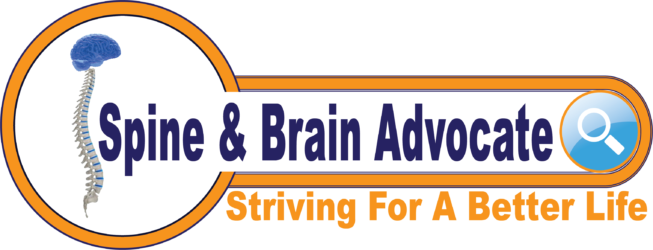Recovery after craniocervical fusion surgery takes time, patience, and trusted information. A Patient’s Guide to Recovering from Craniocervical Fusion offers clear, step-by-step guidance to help patients and caregivers understand what to expect, how to heal safely, and how to support long-term recovery. Based on more than two dozen reliable medical references, this book helps patients prevent complications, build strength, and partner closely with their healthcare team.
Inside Book Three you’ll find:
Chapter 1 – Recovery Stage I: How to care for your incision, manage pain, avoid common mistakes, support emotional healing, and begin gentle home activities. Learn about nutrients for recovery, scar care, and when to seek medical help.
Chapter 2 – Recovery Stage II: How to work with your neurosurgeon, physiotherapist and healthcare team, safely reduce your cervical brace, follow imaging schedules, and begin guided rehab.
Chapter 3 – Recovery Stage III: How to maintain spine health, prevent adjacent segment disease, and return safely to daily and recreational activities.
This guide helps patients stay informed, ask better questions, and take an active role in recovery, always in partnership with their medical professionals.

TABLE OF CONTENTS
CHAPTER 1: RECOVERY STAGE I: Post-Hospital Discharge to 3 Months 1
Introduction 2
Urgent Care Symptoms After CCF Surgery 4
Incision Care & Infection Prevention 6
Key Things to Avoid 7
Pain Management 13
Post-Surgery Follow-up Appointment at Day 10-12 15
Nutrients For Recovery 17
Surgical Scar Management 20
Activities of Daily Living (ADL) – Home Recovery Stage I 23
Psychological and Emotional Aspects of Recovery 29
Introduction to Home Rehabilitation Program – Months 1 to 3 39
CHAPTER 2: RECOVERY STAGE II: 47
4 to 6 Months Post-Surgery 47
Introduction 48
Staying Cautious 49
Months 4, 5 and 6 50
Neurosurgical Follow-up 51
Postoperative Imaging Evaluation Protocol 53
Cervical Brace Reduction Guidelines 57
Activities of Daily Living (ADL) – Home Recovery Stage II 59
Physiotherapy Guided Rehabilitation 63
Guidelines for Physiotherapists 80
CHAPTER 3: RECOVERY STAGE III: 86
7 to 18 Months Post-Surgery 86
Introduction 87
Progress with Caution 89
7 to 8 Months Post-Surgery 90
Symptoms That Warrant an Urgent Neurosurgical Evaluation 91
Risk of Complications Remain 92
Neurosurgical Follow-Up Appointments 94
Activities Of Daily Living (ADL) – Home Recovery Stage III 97
Long-Term Restrictions 101
Commonly Permitted Recreational Activities 104
Adjacent Segment Disease 105
Living Well After Fusion 111
Ongoing Care and Realistic Expectations 113
REFERENCES 121


